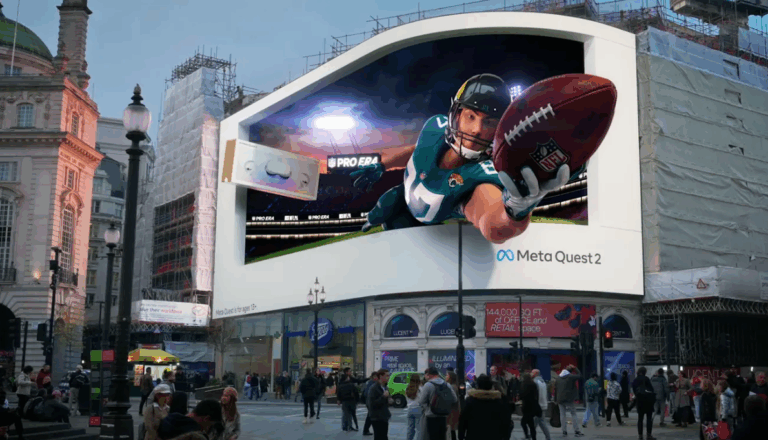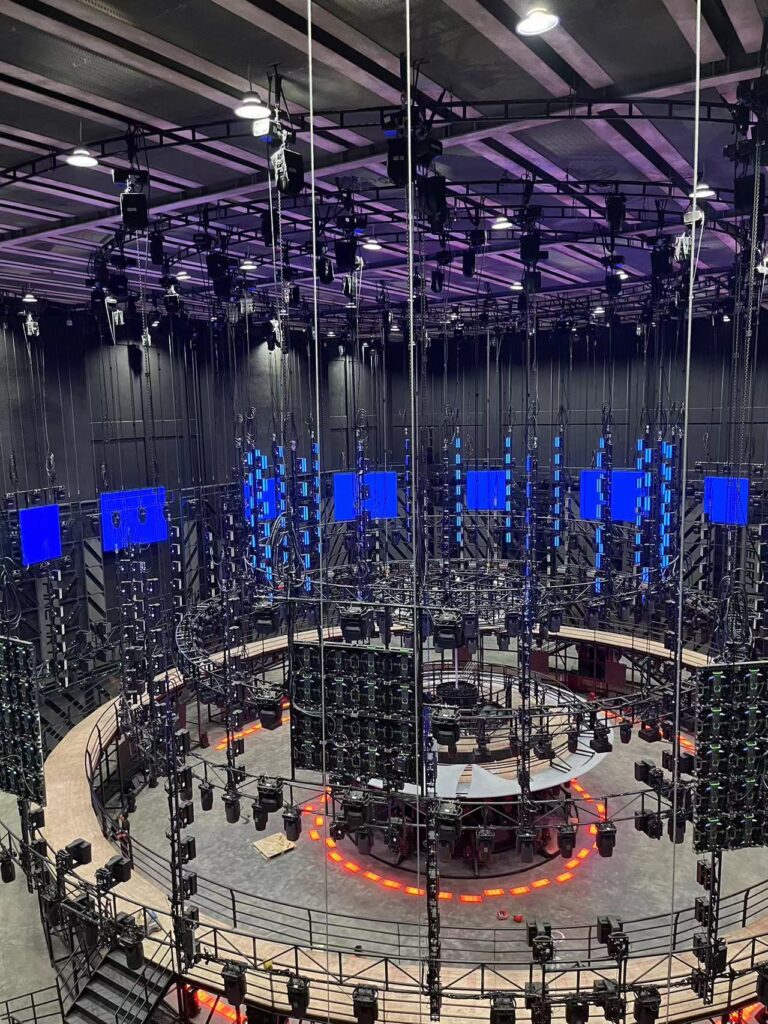Table of Contents
1. Technology
2. Display Quality
3. Flexibility
4. Energy Consumption and Maintenance
5. Cost
6. Interactivity
In today’s digital era, the methods of information dissemination are evolving rapidly, with digital signage and LED displays emerging as two major forces in the advertising and information display fields. Although they intersect in some aspects, there are significant differences between them in terms of technology, application purposes, cost-effectiveness, and more.
This article will delve into the differences between digital signage and LED displays from six distinct perspectives, helping us better understand the characteristics and applicable scenarios of these two types of displays, as well as how they meet the demands of the modern business environment.

1. Technology:
Digital Signage: Digital signage is a flat display device that utilizes digital technology and computer systems to showcase information and content. They typically use Liquid Crystal Displays (LCD), Organic Light-Emitting Diodes (OLED), or other display technologies to present images and video content. What is the difference between LED and LCD panels?
LED Displays: LED displays use Light-Emitting Diodes (LEDs) as the light source. They are usually composed of many small LED modules that can be combined to form screens of various sizes and shapes, used to display both static and dynamic content. What is the difference between LED billboards and static billboards?

2. Display Quality:
Digital Signage: Digital signage typically offers high resolution and color reproduction, capable of presenting high-definition images and video content. They are suitable for scenarios requiring the display of complex and detailed content.
LED Displays: The display quality of LED displays depends on the pixel density and configuration of the LEDs. Although LED displays generally have high brightness and contrast, they may not match digital signage in terms of resolution and color depth. How to adjust the brightness and contrast of LED display?

3. Flexibility:
Digital Signage: Due to the use of LCD or OLED technology, digital signage is usually thin and lightweight, suitable for installation on walls, stands, or other surfaces. They can also be laid out in various ways, including vertical or horizontal orientations.
LED Displays: LED displays consist of LED modules that can be freely combined into screens of different sizes and shapes as needed. They can be made into curved, arc-shaped, or other non-traditional shapes, offering greater flexibility and creativity. Provide you with a comprehensive guide to curved LED displays.

4. Energy Consumption and Maintenance:
Digital Signage: Digital signage typically has lower energy consumption, especially devices using OLED technology. They generally require less maintenance because they have no moving parts or fragile components.
LED Displays: LED displays have relatively higher energy consumption, especially for large screens. They require regular inspection and maintenance of LED modules to ensure proper operation and optimal display quality. What is an LED display module?
5. Cost:
Digital Signage: The cost is usually higher, especially for high-resolution and large-sized devices. Their prices mainly depend on screen size, resolution, and display technology.
LED Displays: The cost is relatively lower, especially for large screens. Although the price of LED modules may be higher, their long-term operating costs are usually lower due to the longer lifespan and lower energy consumption of LEDs. Provide you with commercial LED display price range.
6. Interactivity:
Digital Signage: Digital signage systems typically come with Content Management Systems (CMS), allowing users to create, edit, publish, and update content. This flexibility enables digital signage to be used for interactive applications such as customer engagement and feedback collection.
LED Displays: While also supporting rich content display and dynamic effects due to their hardware characteristics, LED displays may not offer as much interactivity as digital signage with touch screens. Take you 8 minutes to understand the working principle of LED interactive floor tile screen.
In conclusion, digital signage and LED displays each have unique advantages and limitations. Digital signage excels in providing instant, updated information with its high interactivity and easy-to-manage content system, making it particularly suitable for indoor environments and scenarios requiring frequent content changes. On the other hand, LED displays occupy a significant position in the outdoor advertising market with their outstanding brightness and visual impact, maintaining clear visibility of information even in harsh weather conditions. When choosing the appropriate signage solution, considering the application environment, budget constraints, content update frequency, and expected audience response is crucial. By thoroughly analyzing these differences, businesses and organizations can formulate their information display strategies more accurately, thereby standing out in a competitive market.





